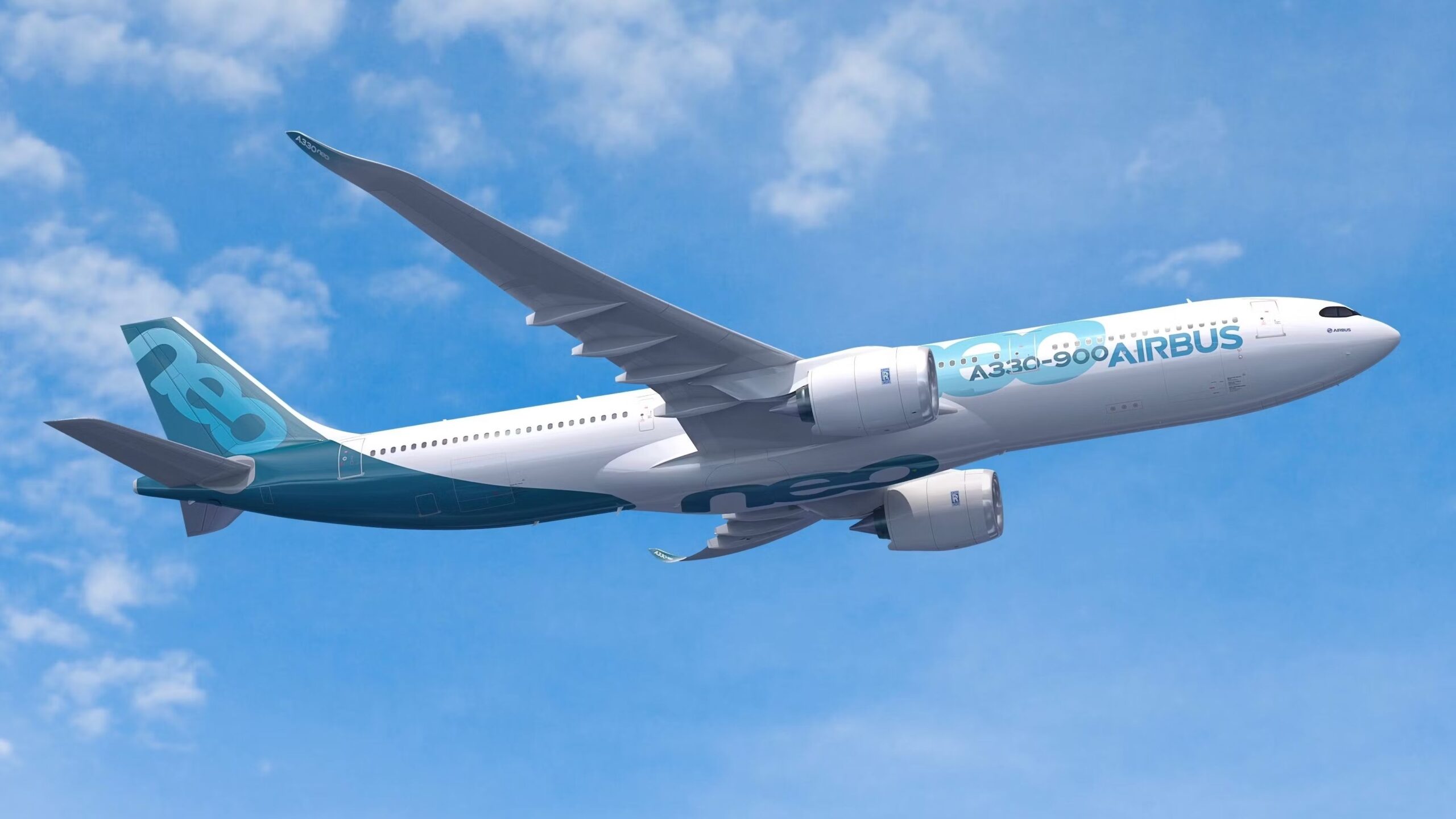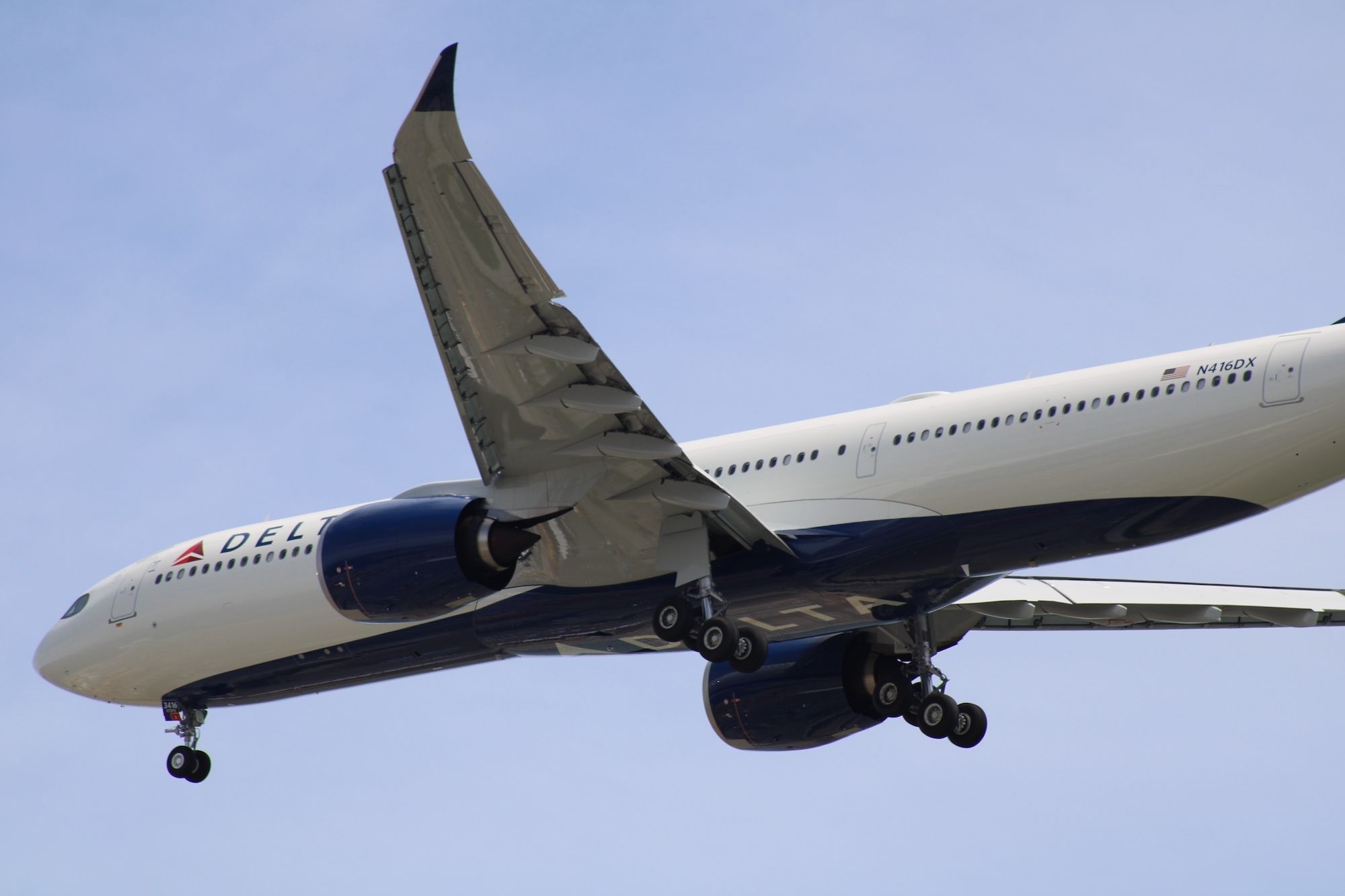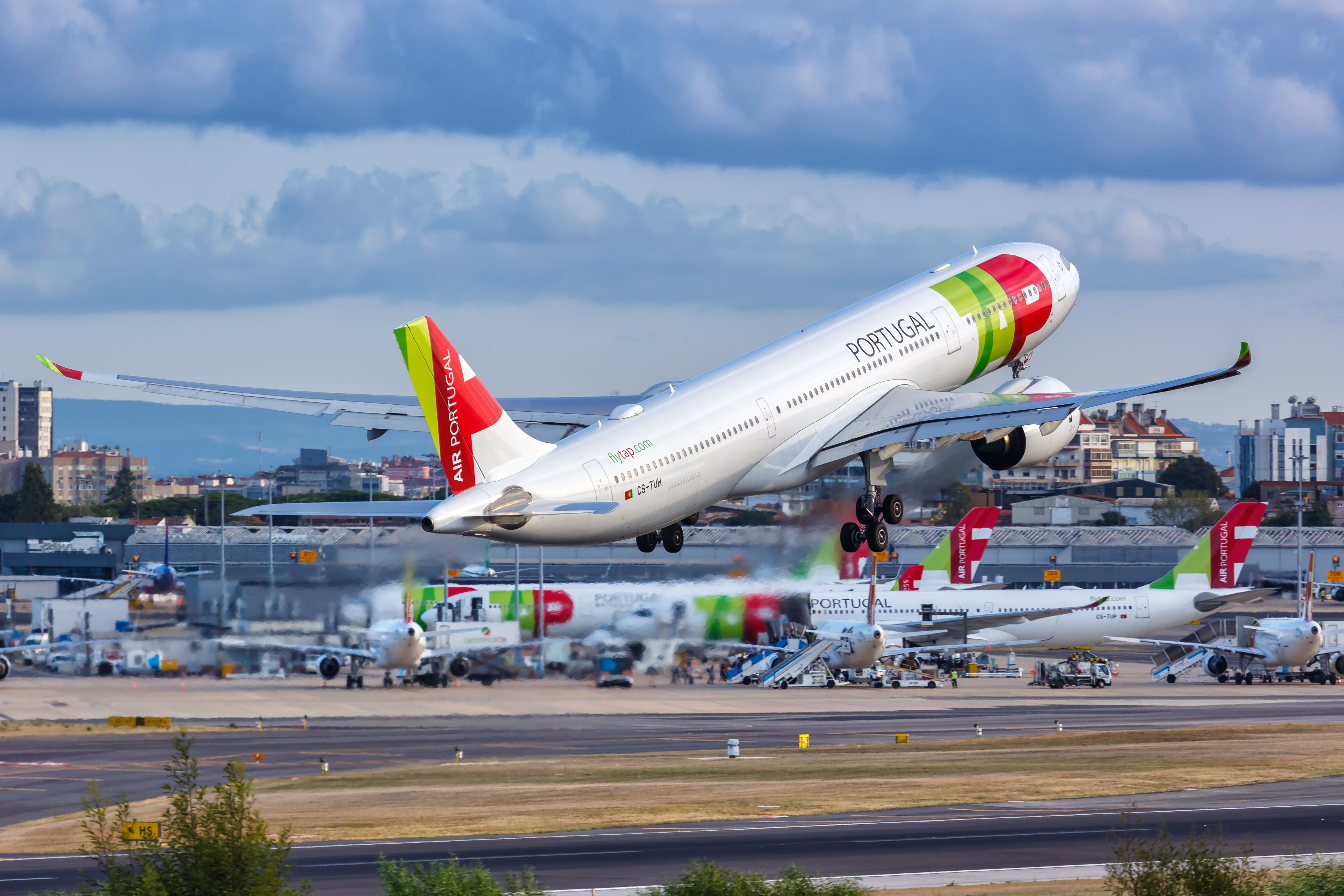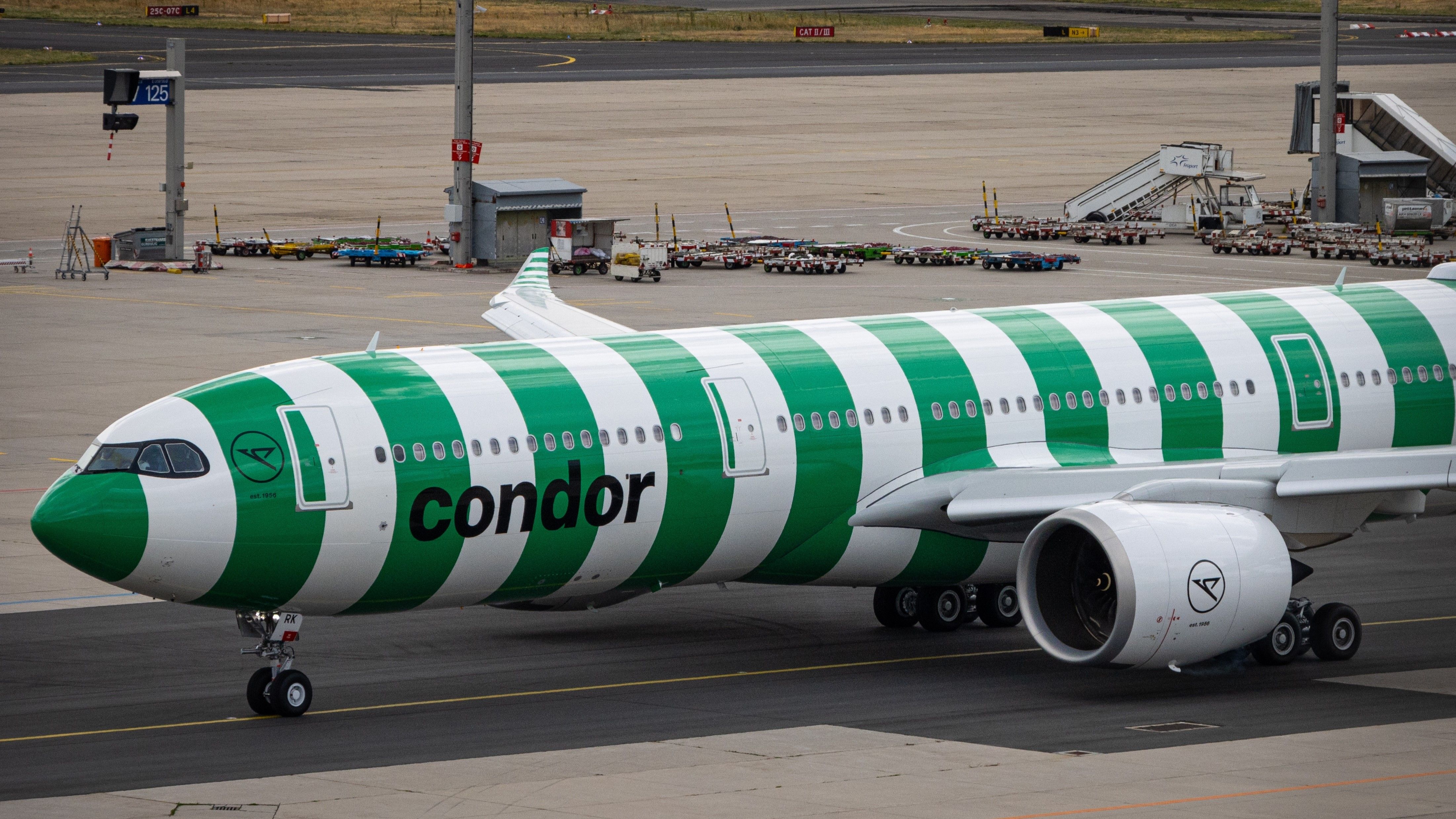Summary
- The A330neo has made significant improvements in terms of efficiency and range, making it a versatile aircraft for both long-haul and short-haul routes.
- However, the A330neo has a relatively weak cargo hold capacity compared to its competitors, which may affect profitability for passenger airlines.
- The A330neo is still an upgrade to an old design and lags behind competitors in terms of operational efficiency and the use of carbon composite materials, unlike the Boeing 787 Dreamliner.
In recent years, Airbus has continued to actively modify and adjust its A330neo jet in order to better meet the needs of an increasingly dynamic market. Throughout consistent upgrades, the aircraft has made massive achievements over its predecessors in terms of efficiency and range.
Additionally, the aircraft’s operational potential is significantly higher, as with reinforced landing gear, the aircraft can take off pretty much whenever it wants. Now, carriers are free to use this jack-of-all-trades aircraft to serve both long-haul and short-haul routes without worrying about whether the plane can handle the stresses of both.
Would you like to know why Airbus developed the A330neo?
There is always a challenge with being a jack-of-all-trades, however, and that is that one can never truly be the optimal aircraft for any specific kind of service. At the Dubai Airshow, the aircraft failed to garner even a single aircraft order. Despite its modern upgrades and an impressive array of capabilities, airlines still aren’t sold on the twinjet. In this article, let’s take a deep look at what the A330neo is missing.
Cargo hold capacity
For many passenger airlines, the ability to carry cargo in its hold is a critical factor for profitability. Revenue from cargo transportation can help supplement passenger fares and provide a stable source of cash flow even in times when passenger demand may remain low.
Photo: The Global Guy | Shutterstock
For an aircraft of its size, the A330neo’s cargo belly capacity is relatively weak and is not all that competitive among aircraft of its size. According to documents from the manufacturer Airbus, the A330-800 has a cargo hold capacity for 27 LD3 cargo units, and the A330-900 can hold up to 33 LD3 units.
Curious what an LD3 is?
The Boeing 787 Dreamliner, which serves as the A330neo’s primary competitor in the mid-size widebody market segment, is in no way known to be a cargo powerhouse. According to information from Boeing, the 787-9 can transport 36 LD3 units, while the 787-10, the family’s largest variant, can carry a full 40 LD3s.
Still an old design
Despite what anyone can argue, the A330neo is still an upgrade to an old design that dates back to the 1990s. As a result, the aircraft lags behind many of its competitors in terms of operational efficiency and modern construction.
Photo: Markus Mainka | Shutterstock
Specifically, while most modern airframes have made widespread use of carbon composite materials, the A330neo still lacks widespread composite use. As Simple Flying has discussed in the past, the A330neo can only offer a 14% carbon composition.
Meanwhile, modern clean-sheet widebodies like the Boeing 787 Dreamliner offer a far larger incorporation of the material, which allows for aircraft to be lighter and fly farther while using less fuel. The Dreamliner boasts an 80% carbon composite composition, a number that far outweighs what the A330neo is able to provide.
Photo: Fabian Joy | Shutterstock
The A330neo even offers far weaker carbon composition numbers than the Airbus A350, the manufacturer’s sole clean sheet widebody in production. The A350XWB offers over 50% carbon composition, including a wing entirely designed from composite materials.




